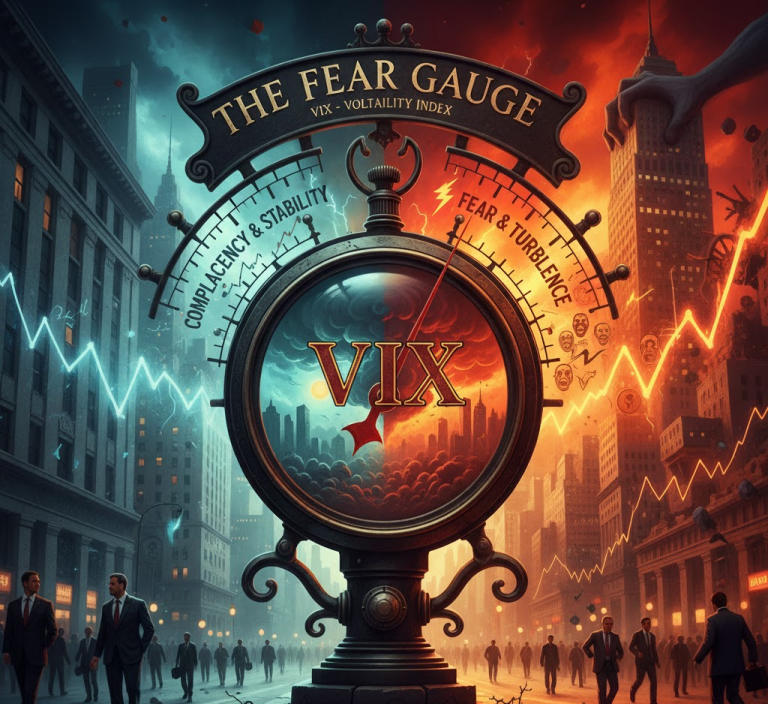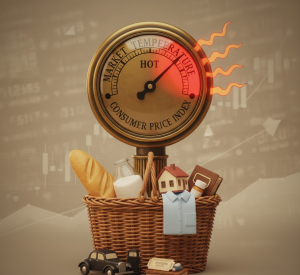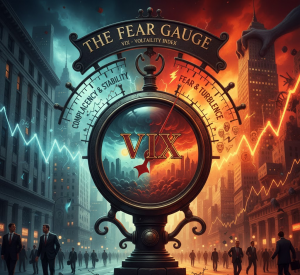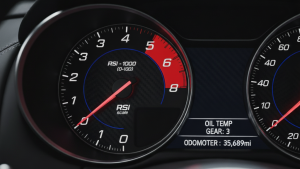Summary
A barbell strategy is an investment approach that focuses on two opposite extremes, such as high-risk growth assets and ultra-safe cash or bonds, while completely avoiding “middle-of-the-road” assets. Barbell rotation is the act of shifting capital either (a) into this two-pronged strategy or (b) between the two ends of the barbell in response to changing market conditions.
Introduction
In a clear-trending market, the path is simple: you either set your sails for growth or you drop anchor in a safe harbor. But in a complex, uncertain economy, the best strategy may not be to choose one, but to do both. This is the logic behind the barbell strategy. It is a sophisticated approach that seeks to capture upside from one part of the market while insulating itself with an opposite, stabilizing force. The “rotation” is the active part of this strategy, where a manager adjusts the balance of these two extremes.
The Core Concept (Explained Simply)
Imagine you are designing a high-speed racing vessel to navigate unpredictable seas.
- You could build a traditional monohull ship (a “blended” portfolio). It’s balanced and does everything reasonably well, but it’s not particularly fast or exceptionally stable. This is the “middle” that the barbell strategy seeks to avoid.
- Instead, you build a catamaran. This is the barbell. It has two separate hulls, representing the two extremes:
- The “Growth” Hull: This hull is built for pure speed. It’s lightweight, aggressive, and designed to capture every bit of wind. This represents your high-growth, high-risk assets (like tech stocks or innovation ETFs).
- The “Safety” Hull: This hull is heavy, deep, and acts as a stabilizing force. It’s not fast, but it ensures the vessel will never capsize, even in a sudden storm. This represents your ultra-safe, defensive assets (like short-term T-bills, cash, or consumer staples).
Barbell rotation is the act of captaining this ship.
- Rotation Into the Barbell: This is the decision to sell your monohull ship and build the catamaran in the first place. A fund manager might sell all their “middle-of-the-road” industrial and financial stocks to buy this new portfolio of both high-growth tech and ultra-safe bonds.
- Rotation Within the Barbell: This is how you adjust the ship’s balance. If you see clear skies ahead, you might rotate capital by shifting weight to the “growth” hull to go faster. If you see a storm on the horizon, you rotate capital back to the “safety” hull to maximize stability, even if it slows you down.
From Theory to Practice
Traders use this concept to build “all-weather” portfolios that don’t rely on a single economic forecast being correct.
1. Common Types of Barbells
- Equity Barbell: This involves holding high-growth stocks (e.g., technology, discretionary) on one side and high-defense stocks (e.g., utilities, consumer staples, healthcare) on the other. The portfolio avoids the “middle” sectors like industrials or financials.
- Fixed Income (Bond) Barbell: This classic version holds very short-term bonds (for safety and liquidity) and very long-term bonds (for high yield), while avoiding intermediate-term (5-10 year) bonds.
- Growth/Value Barbell: A strategy that invests in both high-growth stocks (like AI and software) and deep-value stocks (like beaten-down banks or energy) at the same time.
2. Executing the “Rotation”
A barbell rotation is the active decision to change the portfolio’s structure based on new information.
- Example 1: Rotating Into the Barbell
- Market Condition: The economy is highly uncertain. Inflation is high (bad for bonds), but technological innovation is also high (good for growth).
- The Rotation: A fund manager sells their “blended” S&P 500 index fund. They rotate that capital into a 50/50 barbell: 50% in a high-growth tech ETF and 50% in an ultra-short-term T-bill ETF. They are now positioned to benefit from a tech rally or to be protected if the market crashes.
- Example 2: Rotating Within the Barbell
- Market Condition: A manager is already using an equity barbell (50% tech, 50% utilities). The Federal Reserve signals it will be raising interest rates more aggressively than expected.
- The Rotation: Higher rates are bad for growth stocks. The manager rotates the portfolio’s balance from 50/50 to 30% tech and 70% utilities. They haven’t abandoned the strategy, but they have shifted weight to the “safety” hull.
A Brief Illustration
A prominent hedge fund manager in early 2024 might have advocated for a “barbell rotation.”
- They would sell: “Middle” companies that are somewhat tied to GDP, like banks or manufacturing companies.
- They would rotate into:
- One End: High-growth AI and semiconductor stocks, to capture the massive upside of the new technology trend.
- The Other End: Cash and short-term T-bills, to take advantage of the highest interest rates in over a decade.
This strategy profits from both innovation (growth) and high interest rates (safety) at the same time, while avoiding the “middle” of the economy that might be squeezed by both.
Why It Matters
- It Avoids “All or Nothing” Bets: It’s a strategy for professionals who know they cannot perfectly predict the future. It’s an admission of uncertainty.
- It Hedges Automatically: The two ends are often non-correlated. The “safety” end is designed to do well (or at least not lose) when the “growth” end is struggling.
- It’s an Active Strategy: The “rotation” part implies that this is not a “set it and forget it” portfolio. The manager is actively adjusting the balance between the two extremes as new economic data (like the CPI) is released.
Additional Topics to Explore
- Understanding the Santa Claus Rally: The Market’s Holiday Spirit:
- Understanding Liquidity The Market’s River: Understanding Liquidity
- Market Breadth: Understanding Market Breadth: The Army and Its Generals






















